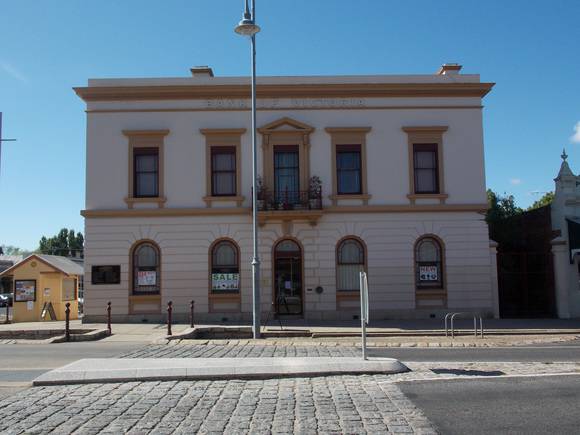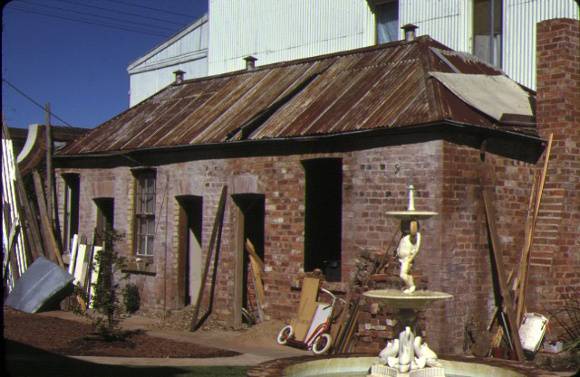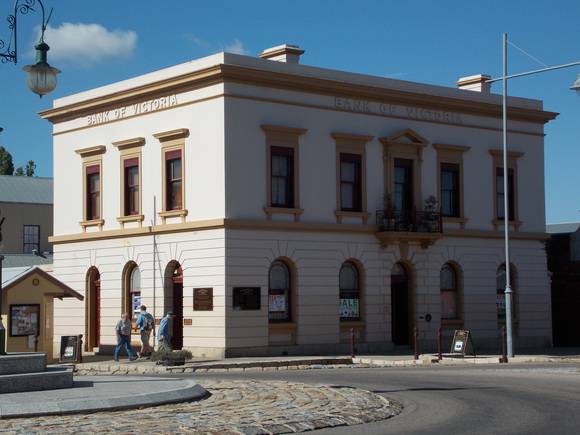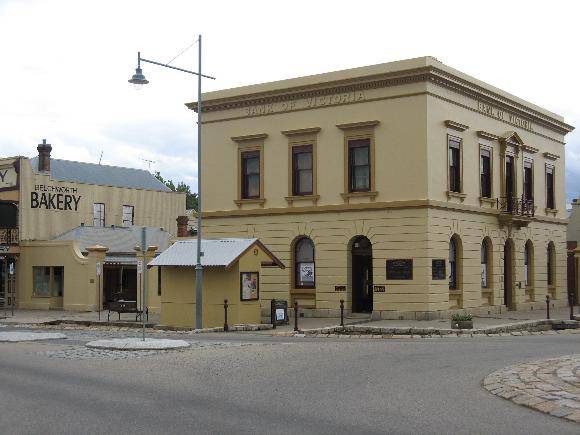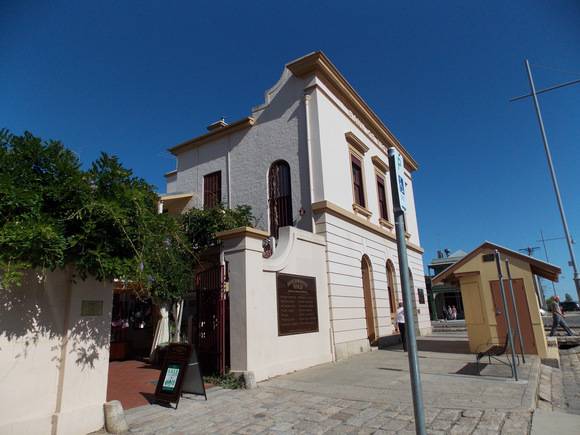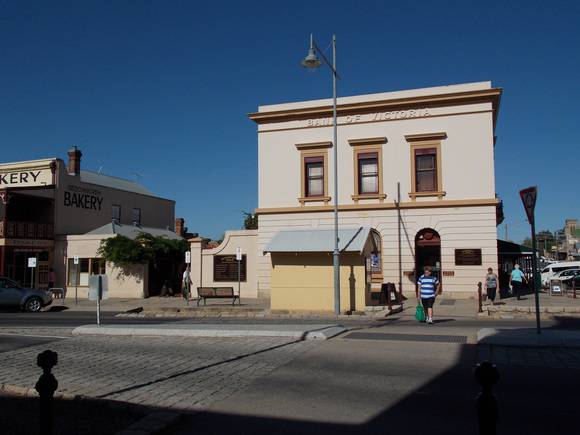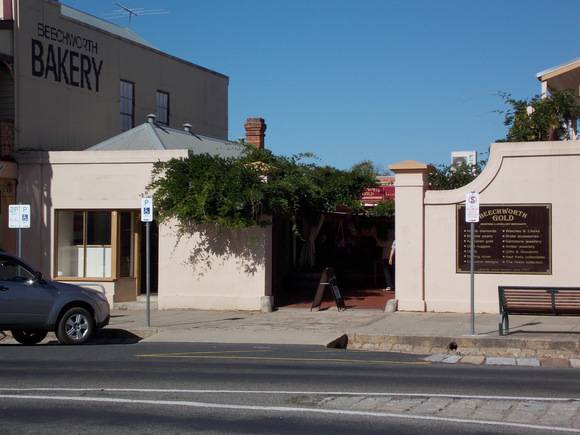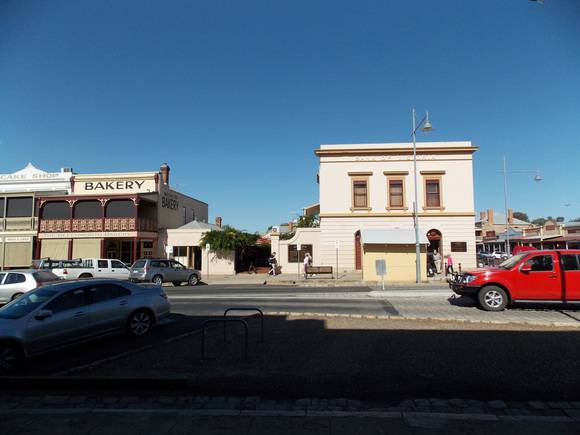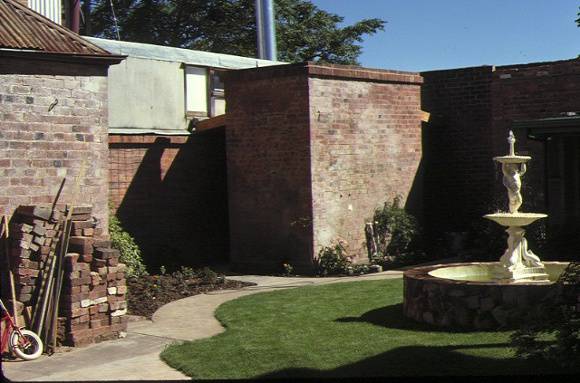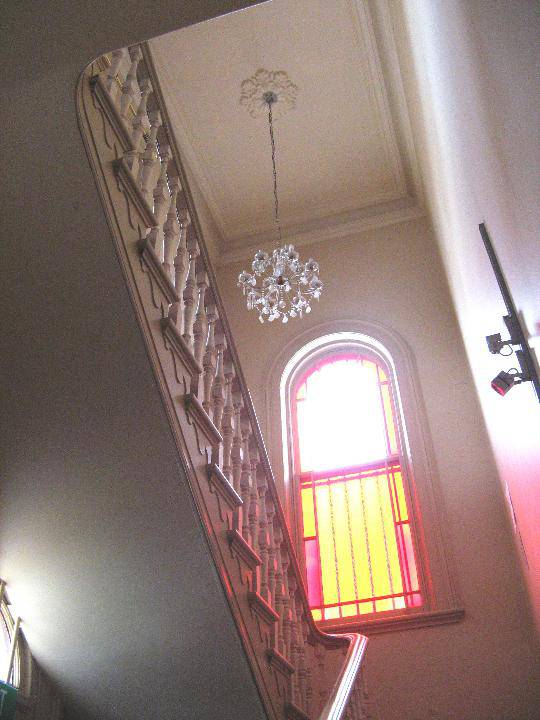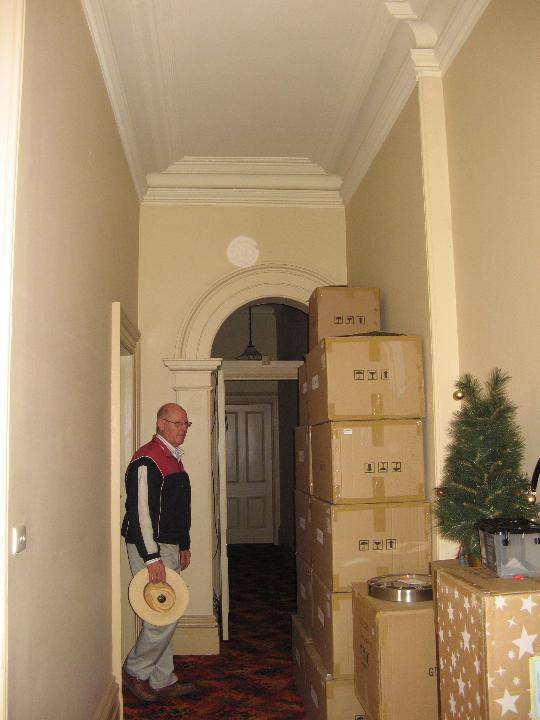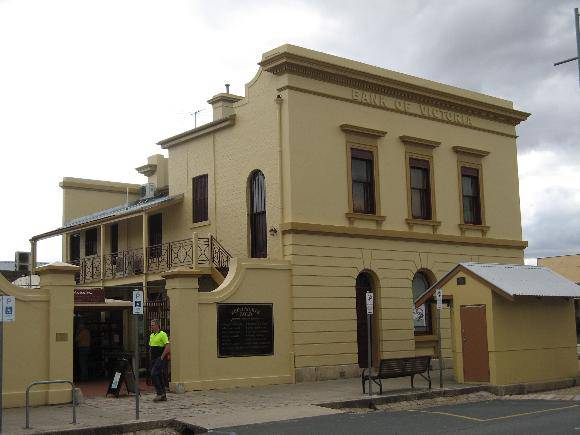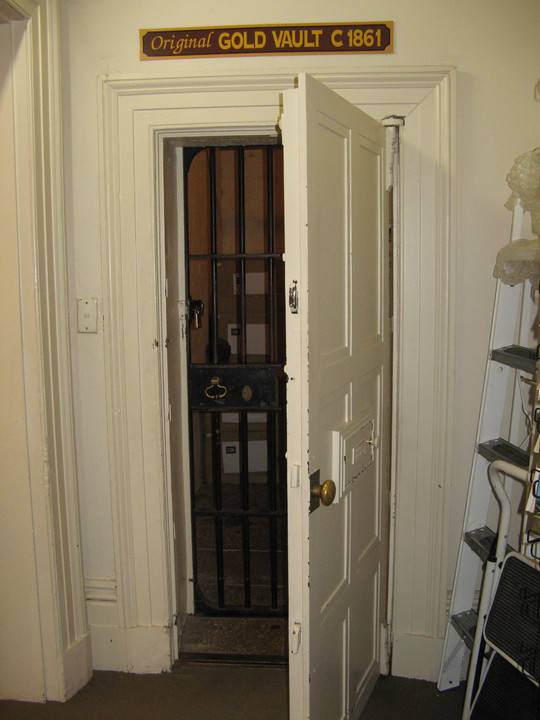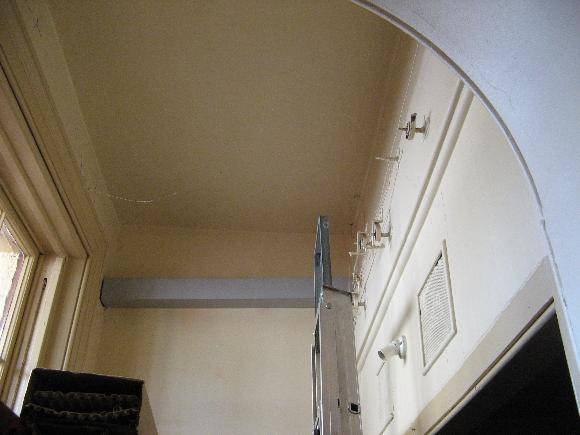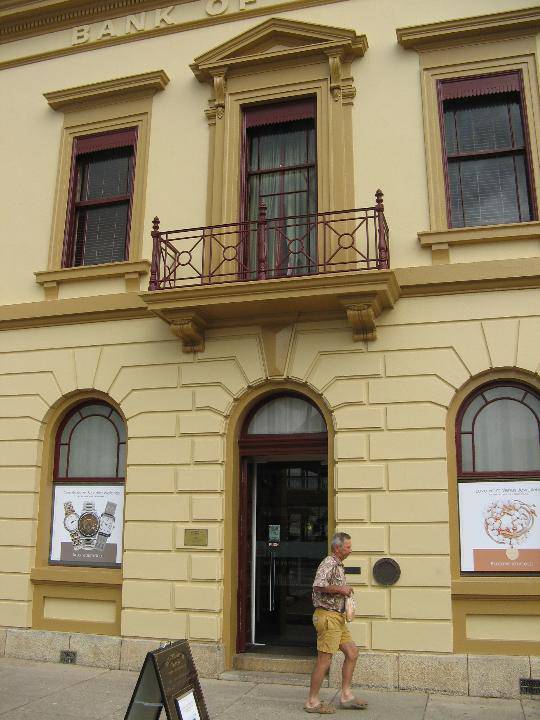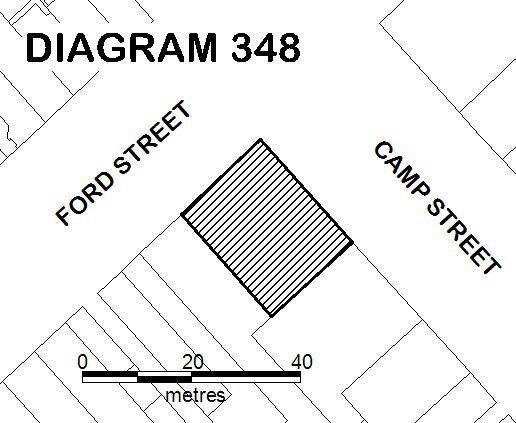| Back to search results » | Back to search page » |
|
FORMER BANK OF VICTORIA
Statement of Significance
What is significant?
History Summary
Description Summary
How is it significant? Criterion A Importance to the course, or pattern, of Victoria's
cultural history Criterion D Importance in demonstrating the principal characteristics
of a class of cultural places and objects
Why is it significant? The Former Bank of Victoria is historically significant as a
reflection of the increasing prosperity of Victoria, and of the towns
established in the goldfields, during the 1850s and 1860s. It
demonstrates the development which occurred in Victoria and in the
goldmining towns as a result of the gold rushes, and the optimism and
prosperity of such regional towns during the second half of the
nineteenth century. The former servants' quarters at the rear and the
manager's residence on the first floor reflect the common nineteenth
century practice of employees living at their place of work. The
servants' bells are a now-unusual feature in a commercial building,
and reflect the partly residential nature of the building in the
nineteenth century. [Criterion A] The Former Bank of Victoria is architecturally significant as an
outstanding example of the Renaissance Revival style, and is
considered to be one of the finest banks in this style in Victoria. It
is an important example of the work of the architectural firm Smith
& Watts, whose designs epitomise the best qualities of this style.
[Criterion D] The Former Bank of Victoria, Beechworth is also significant for the
following reasons, but not at the State level: The Former Bank of Victoria reflects the wealth of Beechworth as a
result of the gold rushes, and the importance of the town as the
commercial centre of north-east Victoria in the mid- to
late-nineteenth century. It is one of Beechworth's most prominent
buildings and is an important feature of the Ford Street streetscape.
The Former Bank of Victoria, also known as the Former CBC Bank,
including all of the main building, the former servants' quarters at
the rear and the rear wall.
During the decades following the discovery of gold in Beechworth
in 1852 the town became the financial and administrative centre of
north-east Victoria. A number of banks were established in the town in
the 1850s. In 1856 the Bank of Victoria, which had been founded in
Melbourne in 1852, purchased the site on the corner of Ford and Camp
Streets. In the following year a new bank building was constructed,
designed by the Melbourne architects Robertson & Hale. This
building was destroyed by fire in 1867 and in the same year was
replaced by a grand new building designed by the prominent Melbourne
architectural firm Smith & Watts. This practice was led by A L
Smith, who arrived in Victoria from England in 1852 and designed
buildings throughout Victoria for the Bank of Victoria. These
commissions continued after he formed a partnership with Thomas Watts
in 1867. The Bank of Victoria amalgamated with the Commercial Banking
Company of Sydney (CBC) in 1927 and the building continued to be used
as a bank until the branch closed, and the building was sold, in 1943.
It is now used as a jewellery shop.
The Former Bank of Victoria is a two-storey stuccoed brick
building in a Renaissance Revival style. It adopts an Italian Palazzo
form with different finishes on the exterior of the ground and first
floors. On the ground floor heavy banded rustication provides emphasis
and forms voussoirs above arch headed windows, while the first floor
is smooth rendered and window openings are rectangular with simple
architraves and hoods. The words 'Bank of Victoria' appear below the
upper cornices on the Ford and Camp Street elevations. Above the main
entrance on Ford Street is a small balcony with a cast iron railing,
and with a decorative pedimented opening into the manager's residence
on the first floor. The ground floor once accommodated the banking
chamber, gold vault and manager's office. The ground floor has now
been converted to a shop, which has required the removal of several
internal walls, but the original gold vault remains. The manager's
residence on the first floor retains much of its original form, and
the servants' bells serving the residence remain on the ground floor.
Behind a courtyard at the rear is a single-storey brick building,
originally used as servants' quarters. A rendered wall encloses the
rear of the site, with the early timber gates now replaced with iron
gates. The servants' quarters have been extended, and an extension to
the shop covers part of the rear courtyard.
The Former Bank of Victoria, Beechworth is of architectural and
historical significance to the State of Victoria. It satisfies the
following criterion for inclusion in the Victorian Heritage Register:
The Former Bank of Victoria, Beechworth is significant at the
State level for the following reasons:
Group
Commercial
Category
Bank


